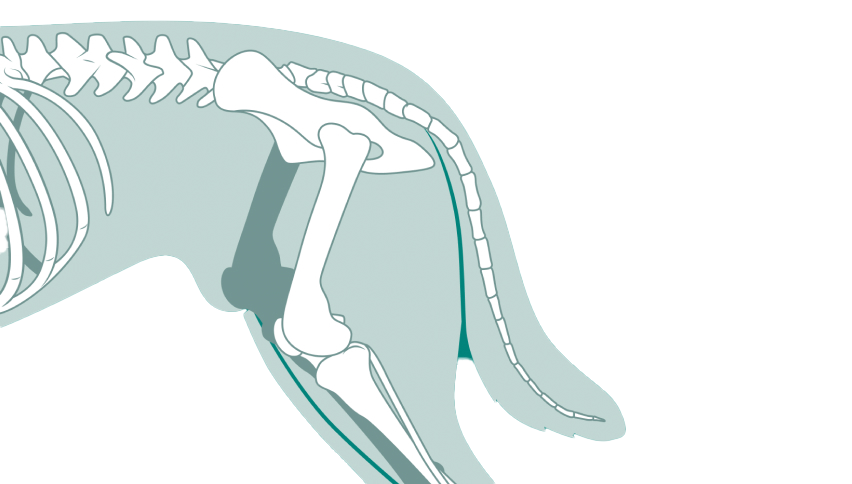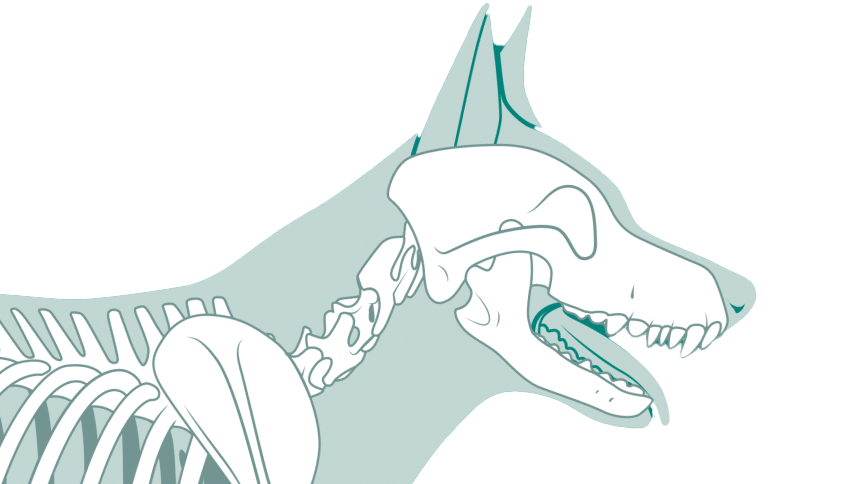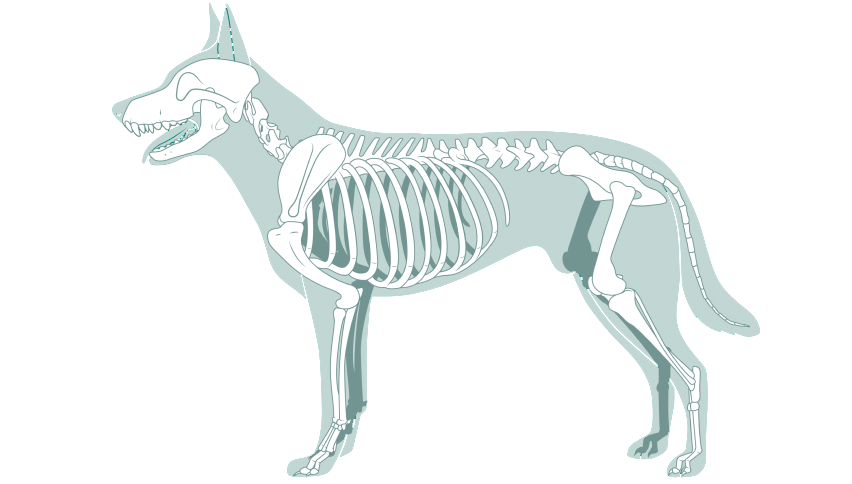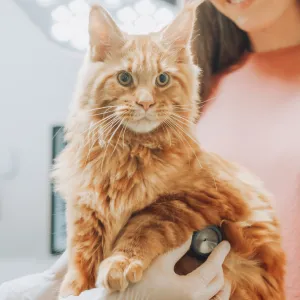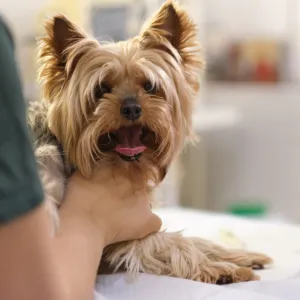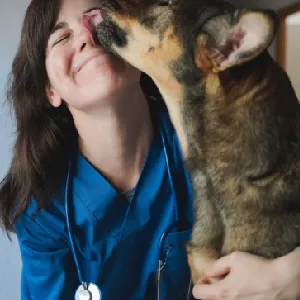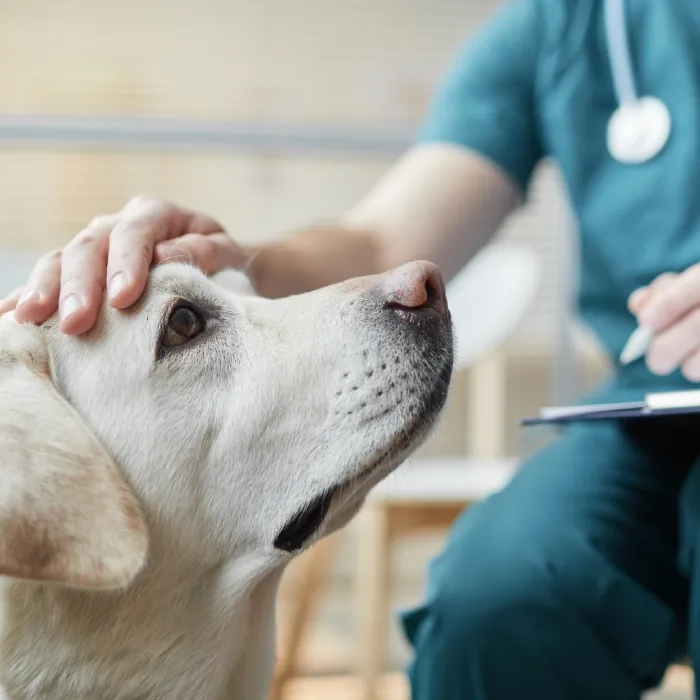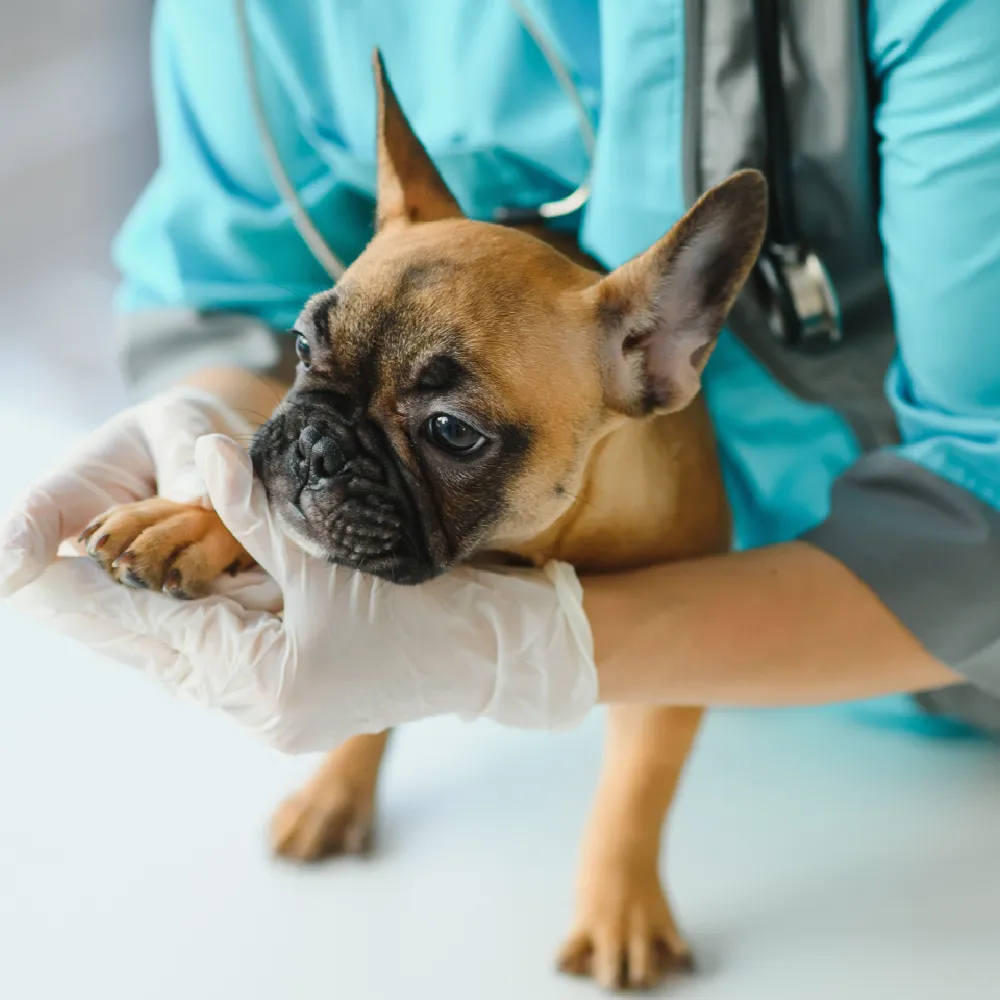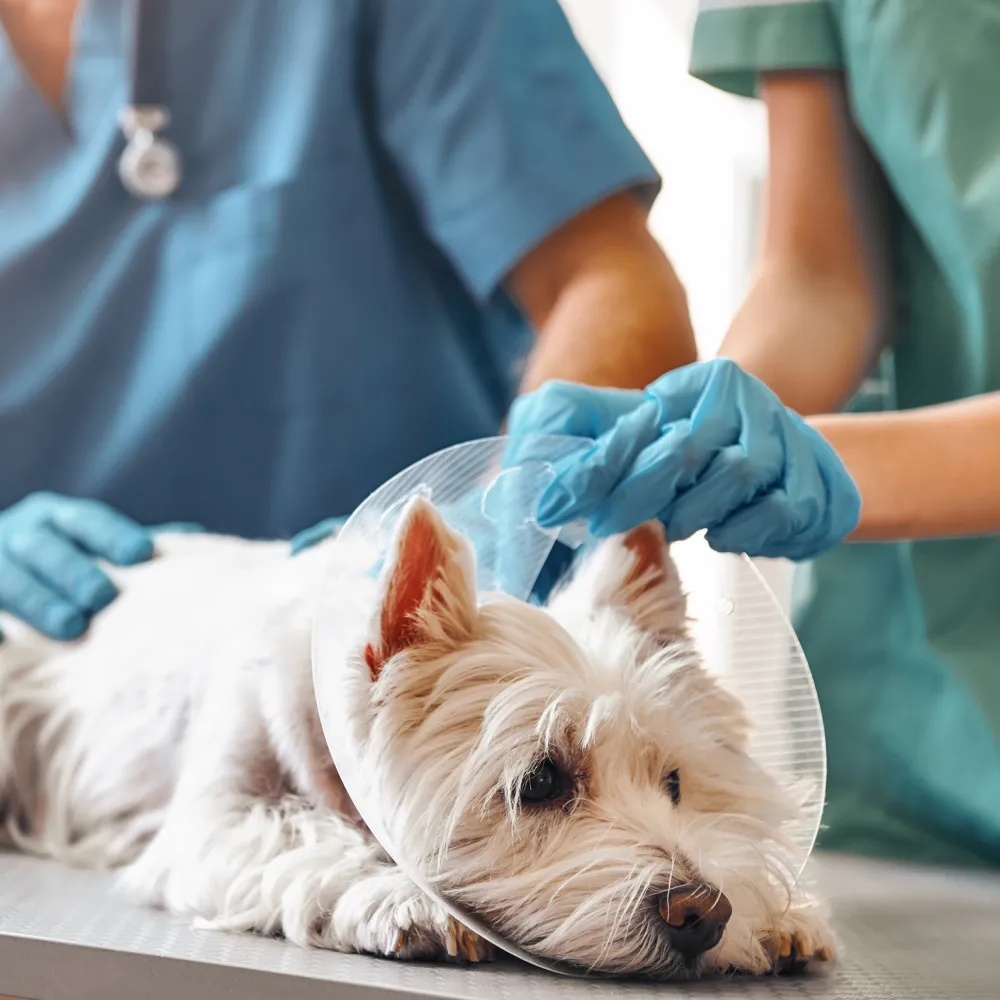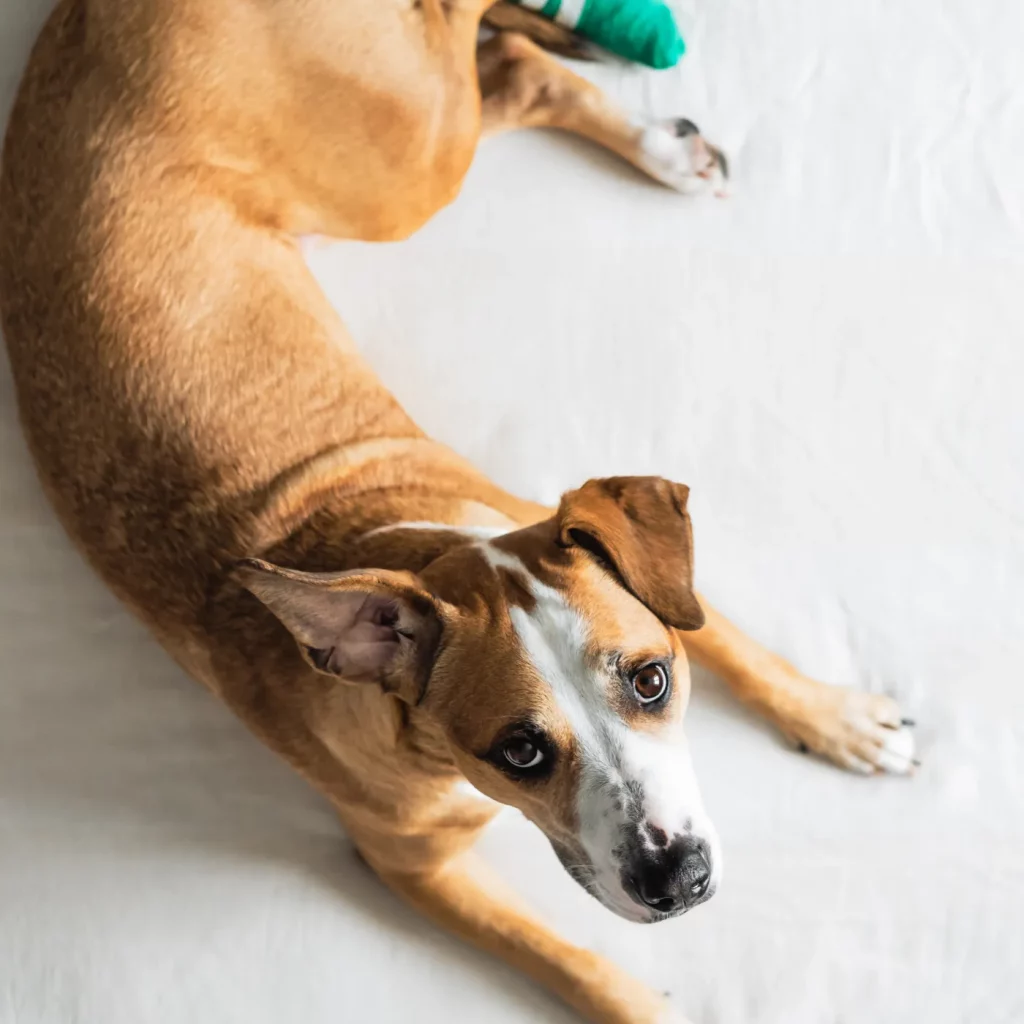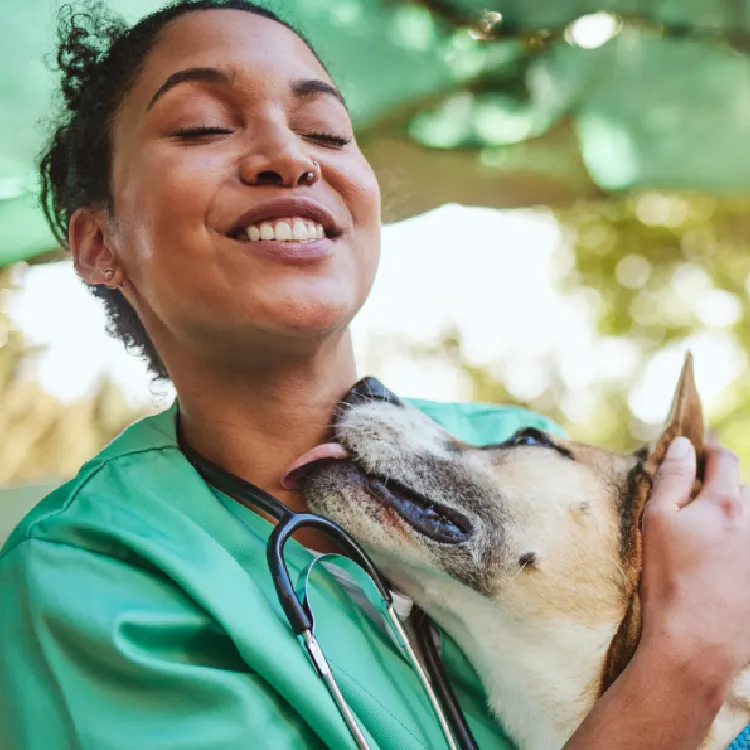Hip dysplasia is a common developmental condition in dogs and cats, characterized by poor alignment of the hip joint, leading to arthritis and pain later in life. Juvenile pubic symphysiodesis is a preventative procedure designed to optimize hip joint development in at-risk puppies and kittens. By targeting the pubic growth plate, JPS improves the coverage of the femoral heads within the hip socket, promoting stable joint alignment as the pet grows. Early detection and intervention are critical for the success of this procedure, as it must be performed while the growth plates are still active.
JPS is a quick and minimally invasive surgery that takes advantage of a pet’s natural growth process.
- Pre-Surgical Planning:
Pets are screened for hip dysplasia risk factors through physical exams and imaging such as X-rays or PennHIP evaluations. Puppies or kittens under 20 weeks of age with mild to moderate joint laxity are ideal candidates. - Surgical Procedure:
Under general anesthesia, the surgeon makes a small incision near the pubic bone and uses electrocautery to fuse a portion of the pubic symphysis. This stops growth at the pubic plate, allowing the remaining pelvis to grow outward and improve the coverage of the femoral heads within the hip joint. - Minimally Invasive Approach:
The procedure typically takes less than an hour and involves minimal tissue disruption. The small incision heals quickly, and pets generally recover rapidly with little discomfort.
Juvenile pubic symphysiodesis is suitable for young pets, typically under 20 weeks old, who are at risk of developing hip dysplasia. It is often recommended for breeds predisposed to the condition, such as Labrador Retrievers, German Shepherds, and Rottweilers. Early screening through imaging is essential to identify eligible candidates, as the procedure relies on active growth plates. JPS is particularly beneficial for pets with mild to moderate joint laxity, offering a preventative solution to avoid more invasive surgeries later in life.
Pets undergoing JPS require thorough preoperative evaluation, including imaging to confirm joint laxity and determine the appropriate timing for surgery. After the procedure, post-operative care includes:
- Controlled activity for the first few weeks to promote healing.
- Pain management to ensure the pet’s comfort.
- Follow-up X-rays to monitor pelvic growth and hip joint development.
Most pets recover quickly, resuming normal activities within a week or two. Long-term benefits include improved hip joint stability, reduced risk of arthritis, and an active, pain-free life. JPS is an excellent option for pet owners seeking early intervention to protect their pet’s mobility and quality of life.
Our areas of expertise
Transforming the way orthopedic care is delivered
For Vets
Refer your patients to our specialists using our streamlined online portal.
Referral portalFor Pets
Request a consultation or prepare for surgery with us and experience expert compassionate care every step of the way.
Request a consultation